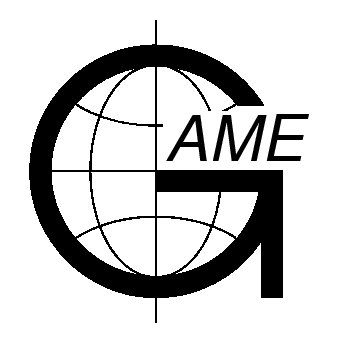Abstracts for the 5th International GAME Conf.

3-5 October 2001
Aichi Trade Center
Nagoya Japan
Snow Accumulation and Snow Management in Agricultural Landscapes.
Shutov, Vladimir A. (1), Kaljuzhny, Igor L. (1)
(1) Valday Branch of State Hydrological Institute
By managing snow cover on agricultural land, we can get an additional water yield due to decreasing the snow removal in ravines and promote for soil water supplement. It is practiced, in particular, in northern Kazakhstan and Mongolian prairies by special snow plough when snow ridges are built across the slopes. Runoff creating surface on a slope imagines as a regular alternation of the strips with different infiltration capacity of underlying soil. Melt water percolates into thawing soil under the snow ridges as well as below deep snowdrifts captured by special snow fences and forest shelter belts also extended throughout the agricultural land.
Field studies taken place there show, that some water supplement is and overland flow decreases only when the frozen soil could be impermeable without any snow retention. In other cases the efficiency of such snow management will be negligible. Moreover, it can expect certain additional losses due to increasing snow evaporation from rugged and dirty snow particularly from steep southward slopes. Predicting these effects may be as early as the mid-of-winter snow surveys have been conducted. Besides the soil water and thermal properties should be required.
The local snow accumulation coefficients (LSAC) are determined as the ratios of snow water equivalents (SWE) and corrected winter precipitation minus evaporation from snow. The LSAC-values were then mapped as well as snow evaporation for arid zone of Northern Kazakhstan to detect those areas with prevalent snow accumulation and snow drifting. By implementing the snow evaporation, we defined and studied the factors and the processes affecting it. These are in particular: solar radiation income, snow surface albedo and roughness of the snow surface, snow pack density, etc.
We carried out detail measurements of surface albedo for intact and artificially contaminant snow (soil particles and coal ash as the contaminants). As a result, the non-linear relationship has been received that is of very importance to evaluate snow melt rates and snow evaporation for urbanized and industry regions.
Another practice to prevent surface flow and soil water erosion called Contour Agriculture System (CAS) is used on Central Russian plains. We carried out a field investigation near the town of Kursk to search for the most efficient variance. The LSAC was as an index of the snow retention efficiency by the CAS activity. As was found, that variance of CAS (forest shelter belts accompanied with soil ridges) is the best as providing the highest local snow accumulation.
Submittal Information
| Name : | Date : |
| |
| Organization : | Theme : |
Valday Branch of State Hydrological Institute | |
| Address : | Presentation : |
Valday, 175400, Pobeda Street 2 | |
| Country : | Abstract ID : |
| |
| Phone : | Fax : |
| |
| E-mail : | |
| |

